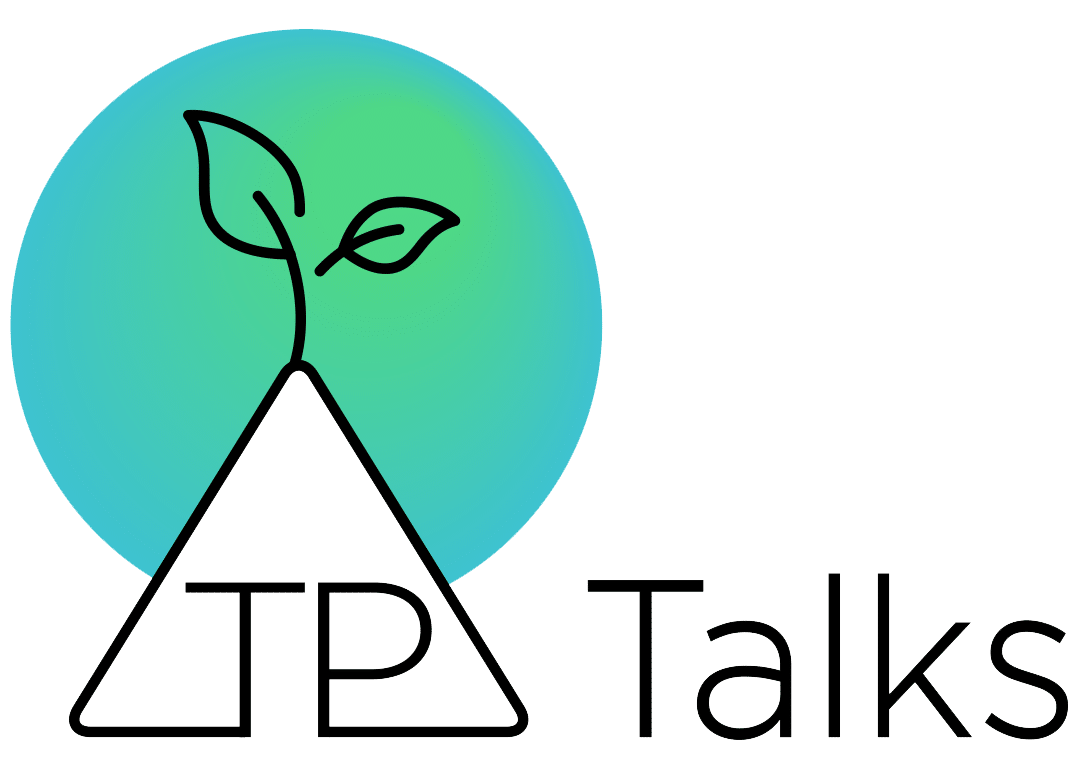Have you ever been in a restaurant with so many menu choices that you freeze, then end up ordering whatever your neighbor got because it looked mega yummy? Watch next time you dine out—you’ll spot this behavior pretty much everywhere.
Job searching works exactly the same way.
The Menu vs. The Daily Special
Working in a family’s restaurant was my first and most challenging yet fruitful job. I noticed most people didn’t arrive with polished résumés—they came because a friend recommended them, asked for the owner, sat down, and interviewed on the spot. Sometimes I’d translate, which accidentally launched my recruitment career.
Today, most of us overuse résumés while everyone offers conflicting advice. But the process is broken! Online applications—the easiest path requiring minimal human interaction—lead NOWHERE. We call it “ghosting,” but really, we’re following an outdated recipe.
Your résumé is just the menu. Your cover letter is the daily special that catches attention.
The Recipe That Actually Works
Success comes when a connection or recommendation establishes trust first. Then your résumé and cover letter arrive as supporting evidence of your capabilities, not cold introductions.
Your Bilingual Résumé: 5 Essential Ingredients
- Contact information (minus personal details irrelevant to your qualifications)
- Strong headline stating the exact job you want + 6 top hard skills linked to it
- Work experience highlighting cross-cultural competencies
- Education (completed degrees only)
- Additional experience (qualified hobbies that demonstrate transferable skills)
Keep it skill-based, personalized for each position, and formatted for easy reading—especially if switching between languages.
Your Cover Letter: The Secret Ingredient
Despite what you’ve heard, 80% of hiring managers actually read cover letters. Make yours count with:
- Catchy opening stating your recommendation or connection (ask permission first!)
- Your vision for the role that demonstrates cultural intelligence
- A personal story creating genuine connection
- Suggestion for meeting (be specific about availability across time zones)
Identify which skills you need AI for versus those uniquely human capabilities that set you apart as a TCK—then emphasize the latter. Forbes says so!
Beyond the Menu: Networking Secrets
You might think, “I’ve perfected my English résumé and cover letter. I’m set!”
Not quite. The truth?
Applicant Tracking Systems (ATS: online screening robots) aren’t great at matching cross-cultural experience.
Here’s the secret sauce: Most hiring happens through referrals. When Laurence from Accounting mentions her friend (you) to the hiring team, you’re instantly on their radar. Why? A trusted employee just pre-screened you, breaking their routine. Statistics show 30-40% of hires happen through employee referral programs. LinkedIn says so!
Effective networking strategies for TCKs:
- Leverage LinkedIn connections across cultures and languages (yep, the ones you already know)
- Request informational interviews (approximately 35% of hires happen this way!)
- Line up strong references early who understand your international experience
- Attend industry events (virtual or in-person) to meet recruiting companies
- Join professional groups where international opportunities are discussed
- Follow up after applying (use tools like MailTrack to confirm your résumé was opened)
Networking isn’t just collecting contacts—it’s building trust and staying visible across cultural boundaries. These strategies help you stand out, bypass the broken system, and land interviews by leveraging your unique TCK perspective. Need a boost? Let’s chat!
Stay up to date and never miss out.
Working across cultures isn’t easy. Our newsletter brings you practical insights on recruitment, onboarding, and outplacement—plus tools to help you manage international teams with confidence. Join today and stay ahead in global business.


